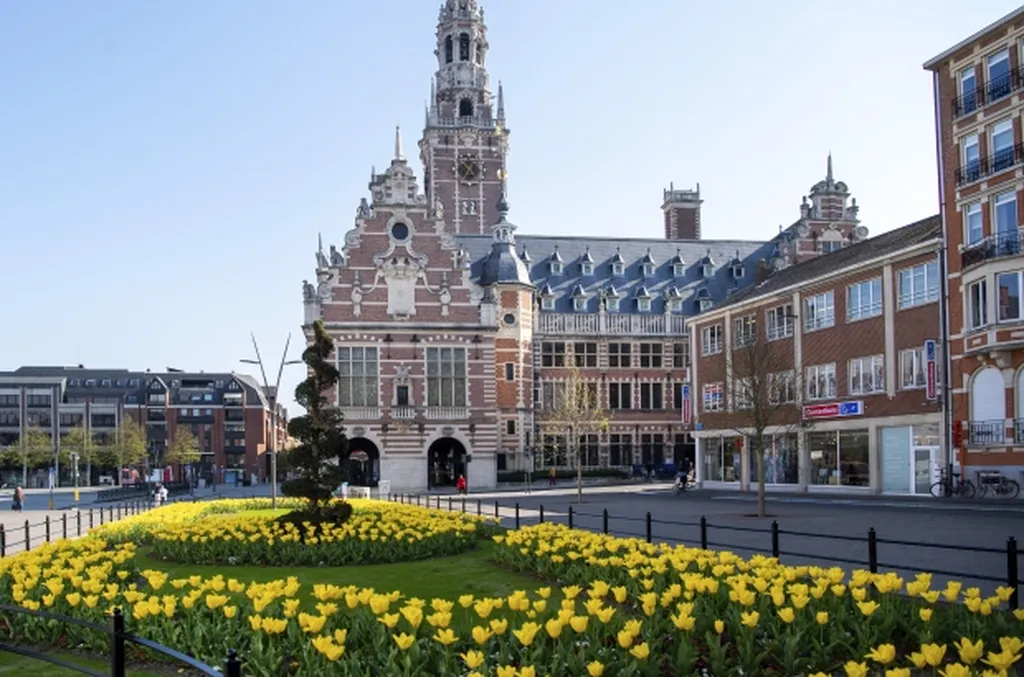In the heart of Milan, a city where the hum of engines and the clatter of traffic are as familiar as the aroma of espresso, a groundbreaking study is challenging the status quo of urban mobility. Antonio Pagliaroli, a researcher from the Department of Electronics, Information and Bioengineering at Politecnico di Milano, has published a study in the journal Nature Scientific Reports that could reshape how we think about city transportation and energy consumption.
Pagliaroli’s research focuses on an intermediate solution to the urban mobility crisis: a valet-style Autonomous Mobility on Demand (AMoD) service. This system would allow vehicles to navigate independently at low speeds towards users, be driven manually by customers, and then relocate autonomously to the next user or a charging station. “This is not about replacing all cars overnight,” Pagliaroli explains. “It’s about finding a practical, efficient middle ground that can work within our current infrastructure and regulatory landscape.”
The study used real trip data from 28,369 telematics-equipped vehicles in Milan over one week. The findings are striking: under service constraints—a maximum user waiting time of 20 minutes and fewer than 2% unmet requests—only 2,300 shared autonomous vehicles would be required. This represents a twelve-fold reduction relative to the current private fleet. “The efficiency gain is substantial,” Pagliaroli notes. “Serving the same demand with a conventional free-floating car sharing system would require 7,750 vehicles.”
For the energy sector, the implications are profound. Fewer vehicles on the road mean reduced emissions and lower energy consumption. The study suggests that valet AMoD could enable households to dispense with the second or third car typically used for city travel, freeing up curb space and lowering emissions while preserving the individual driving experience.
The research also provides a practical bridge toward fully autonomous mobility. By embedding real trip streams, partial autonomy constraints, and operational heuristics into a reproducible framework, Pagliaroli’s analysis quantifies how this intermediate solution can operate feasibly in an urban context. “This is not just about technology,” Pagliaroli says. “It’s about integrating technology into the fabric of our cities in a way that benefits everyone.”
The study’s findings could influence future developments in urban planning, transportation policy, and energy management. As cities around the world grapple with congestion, pollution, and the need for sustainable mobility solutions, Pagliaroli’s research offers a compelling vision of what’s possible. It’s a vision that balances innovation with practicality, technology with human experience, and efficiency with sustainability.
In the end, Pagliaroli’s work is a reminder that the future of urban mobility is not just about getting from point A to point B. It’s about reimagining the journey itself, and the role that energy and technology play in shaping that journey. As cities evolve, so too must our approach to mobility, and Pagliaroli’s research is a significant step in that direction.

